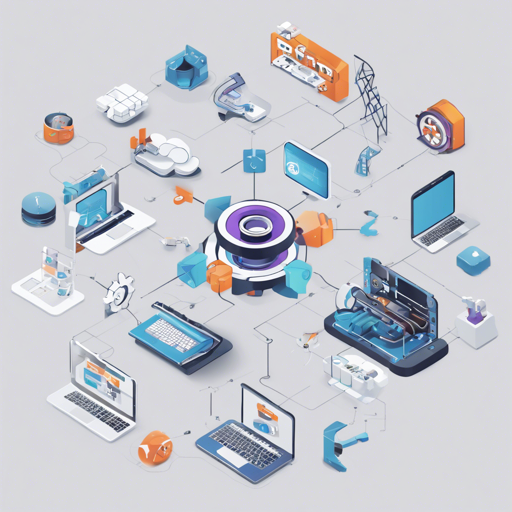Building applications that leverage powerful language models like GPT-3 has never been more accessible. With the LangChain template available in GitHub Codespaces, you can set up everything you need with just a few clicks. This guide will walk you through the process, ensuring a smooth start to your coding journey.
Step-by-Step Guide to Getting Started
-
Create a Repository:
First, you need to create a new repo using the LangChain template. Click the green “Use this template” button, then select “Create a new repository.” Feel free to give it any name that inspires your coding adventures.

-
Generate Your OpenAI API Key:
Register with OpenAI and obtain your API key. This key is essential for LangChain to interact with GPT-3. -
Add a Codespaces Secret:
Navigate to GitHub’s interface to create a new Codespaces repo secret, naming itOPENAI_API_KEY, and set its value to the API key you just obtained.
Follow this guide to learn more: Adding Secrets for a Repository. -
Open Your New Codespace:
Click the green “Code” button on your repository’s homepage. Select “Create codespace on main” to fire up your coding environment.

-
Run the Examples:
Inside the web editor, navigate to the examples folder and select any notebook. Hit “Run All” in the toolbar to observe how LangChain operates. You can tweak prompts, alter code, and experiment to see how your creativity can shape the outcomes.
Exploring Automation with Google Search
For those interested in adding a touch of automation, consider exploring the sample that interacts with Google search queries. You’ll need to:
- Create an account on SerpAPI.
- Generate an API key and create a corresponding Codespaces secret named
SERPAPI_API_KEY.
Understanding the Code: An Analogy
Think of setting up your LangChain app like starting a new kitchen. The repository is your kitchen space, and by using the template, you’re essentially picking a pre-designed kitchen that has all the essentials already placed for you—like cabinets, countertops, and appliances. Now, creating the OpenAI API key and setting it as a secret is like organizing your kitchen pantry. You need to know where your ingredients are (your API key), so you can easily grab them when you need to whip up some delicious coding recipes! Running notebooks is like putting your cooking skills to the test by following a recipe. You can experiment and modify the dishes (code) to create something unique and suited to your taste. Who knew coding could be so culinary?
Troubleshooting Tips
If you encounter any issues while setting up or working within your Codespace, here are some troubleshooting ideas:
- Ensure that your API keys have been correctly copied and pasted into the Codespaces secrets. Any typos can lead to authentication failures.
- Check that your Codespace has enough resources allocated for your tasks. You may need to refresh or recreate the Codespace if it feels sluggish.
- Verify your internet connection as a stable connection is essential for optimal performance of external API calls.
For more insights, updates, or to collaborate on AI development projects, stay connected with fxis.ai.
Conclusion
Setting up a development environment for LLM applications can be as easy as pie—literally, if you’ve followed our kitchen analogy! As you dive into creating innovative solutions with LangChain and GPT-3, remember to explore, experiment, and evolve your projects. At fxis.ai, we believe that such advancements are crucial for the future of AI, as they enable more comprehensive and effective solutions. Our team is continually exploring new methodologies to push the envelope in artificial intelligence, ensuring that our clients benefit from the latest technological innovations.

